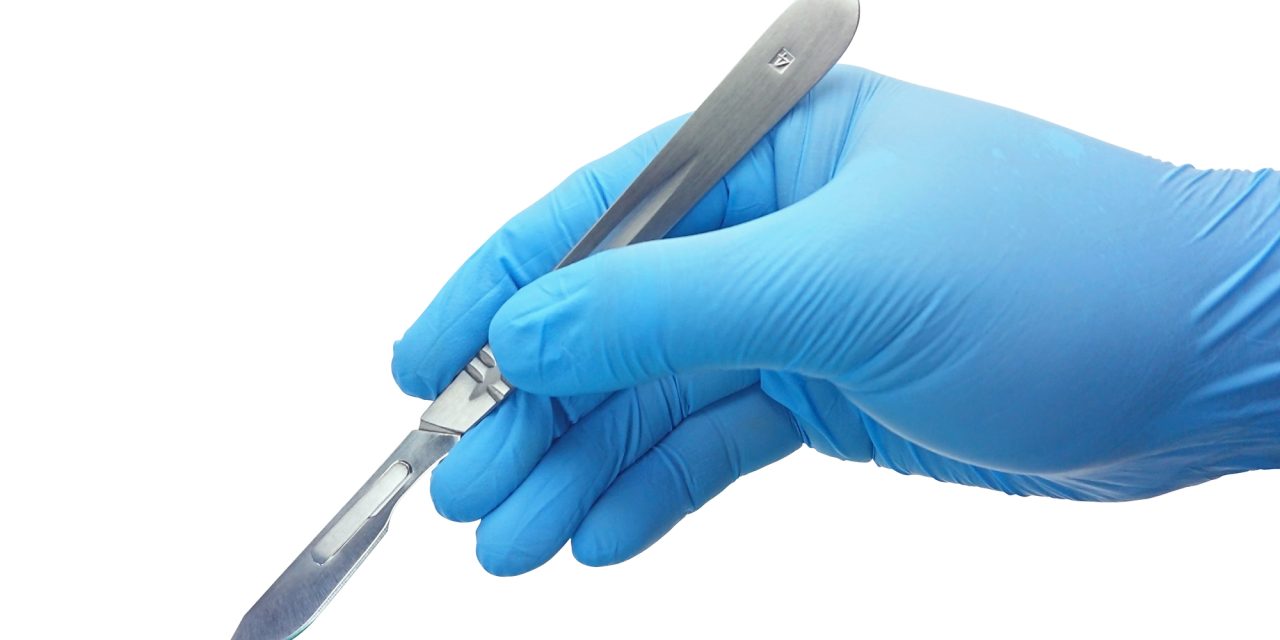Antegrade humeral intramedullary nails are a compelling obsession technique for certain proximal humeral cracks and humeral shaft breaks. Be that as it may, inferable from potential rotator sleeve harm during nail inclusion, shoulder torment stays a typical postoperative grumbling. The reason for this investigation was to give quantitative information describing the anatomic and radiographic area of the rotator stretch (RI) for an antegrade humeral intramedullary nail utilizing a smaller than normal deltopectoral approach.
Six sequential new frozen unblemished cadaveric examples (mean age, 69 ± 12.8 years) were acquired for our investigation. Segment information were gathered on every example. A smaller than usual deltopectoral approach was utilized, trailed by position of a guidewire in the RI. Quantitative anatomic connections were determined utilizing a partial carbon fiber advanced caliper. Radiographic estimations were performed by 2 muscular occupants and 1 rehearsing association prepared muscular specialist. Notwithstanding re-estimation of comparative anatomic connections on radiographs, the proportion of the separation from the horizontal humeral edge to the beginning stage comparative with the width of the humeral head on the anteroposterior (AP) see was determined. Additionally, on the horizontal view, the proportion of the separation from the foremost humeral edge to the beginning stage comparative with the humeral head width was determined.
Reference link- https://www.jshoulderelbow.org/article/S1058-2746(20)30649-2/fulltext


